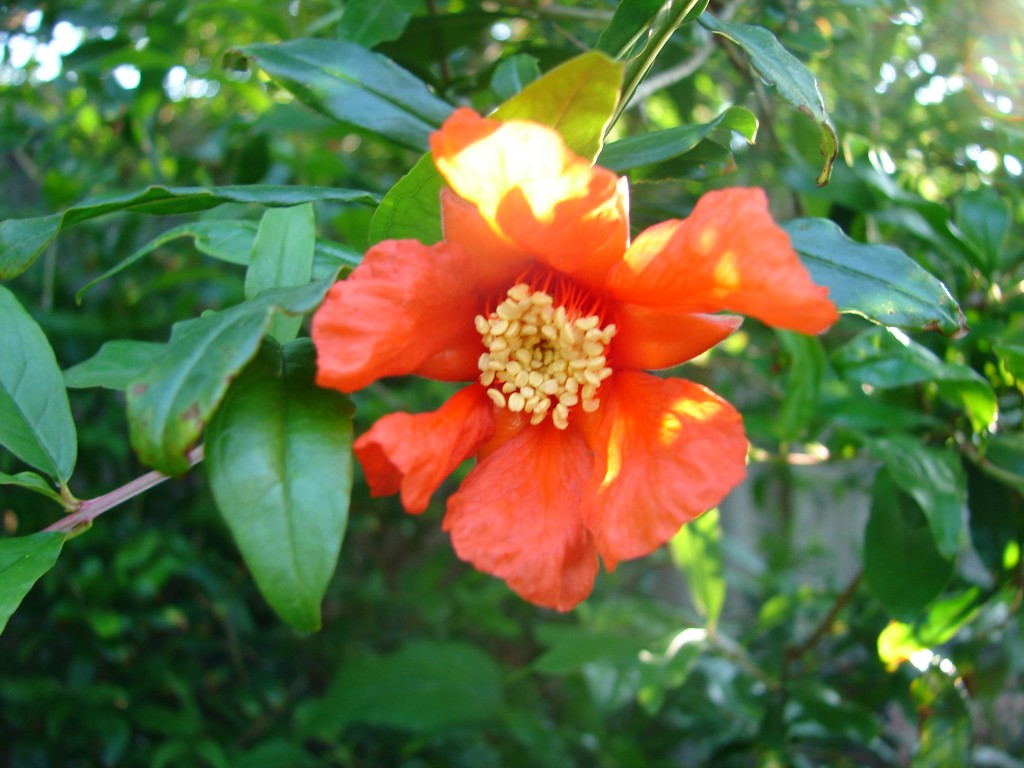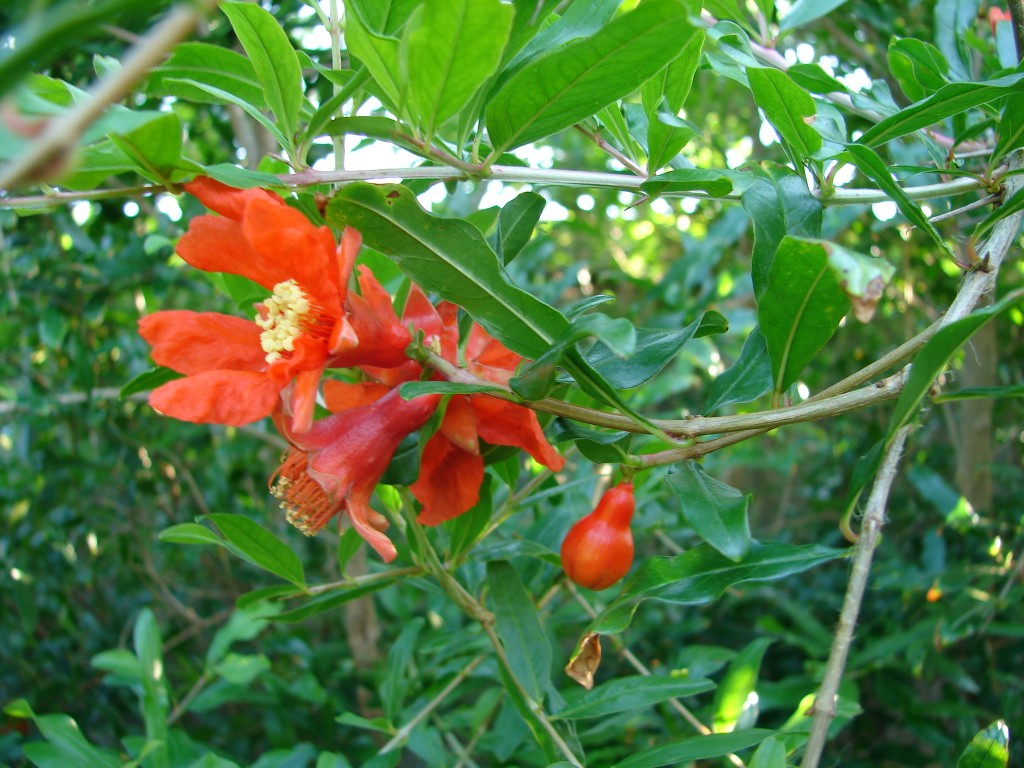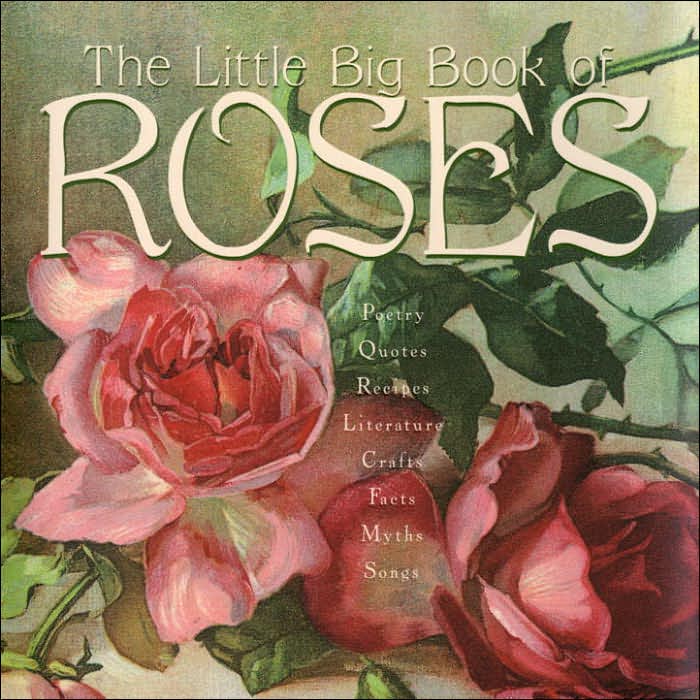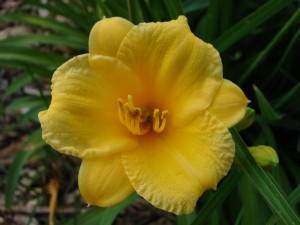I have been given a lot of plants over the years that I have decided to remove from my garden either because they simply started crowding things out (whether it was native or not) or because I found out that it was on an invasive species list for Texas.
A lot of people confuse aggessive with invasive. Some plants that are aggressive are actually natives. According to Texas Invasives.org, “[a]n invasive species is a species that is non-native or alien to the ecosystem under consideration and whose introduction does or is likely to cause economic or environmental harm or harm to human health.” Invasive species are introduced, either accidentally or intetionally, into a system in which they often have no predators, competitors or disease vectors to hold down thier populations. They can easily and quickly overwhelm local native populations and drive many of them to extinction.
A friend asked me “Well, isn’t that the way it’s supposed to work? Survival of the fittest?” And the answer is yes and no. Plants and animals have been moving from place to place forever, however, with our technological advances and modern mobility people are facilitating those introductions at much higher rates than have ever been seen before. In the words of the biologist E.O.Wilson, “On a global basis… the two greatest threats of biodiversity are, first, habitat destruction and, second, invasion by exotic species.”
Invasive species also have an economic impact. Again, according to Texas Invasives.org, “invasive species cost the U.S. approximately $135 billion annually.” Invasive species can “interfere with ecosystem function by changing important processes like fire, nutrient flow, and flooding.”
Most invasive species are introduced accidentally, piggy-backing on another plant, being carried in on shoes, boats, cars, bicycles, motorcycles, socks, hiking boots or pets. Some, however, are intentionally introduced as a feed source, landscape ornamental, erosion control, or some other such measure but then they quickly get out of hand.
Here are some great measures for gardeners to remember when planting to avoid invasive plants(some on the prohibited – meaning illegal – list, such as ‘water lettuce’) from Be Plant Wise.org.
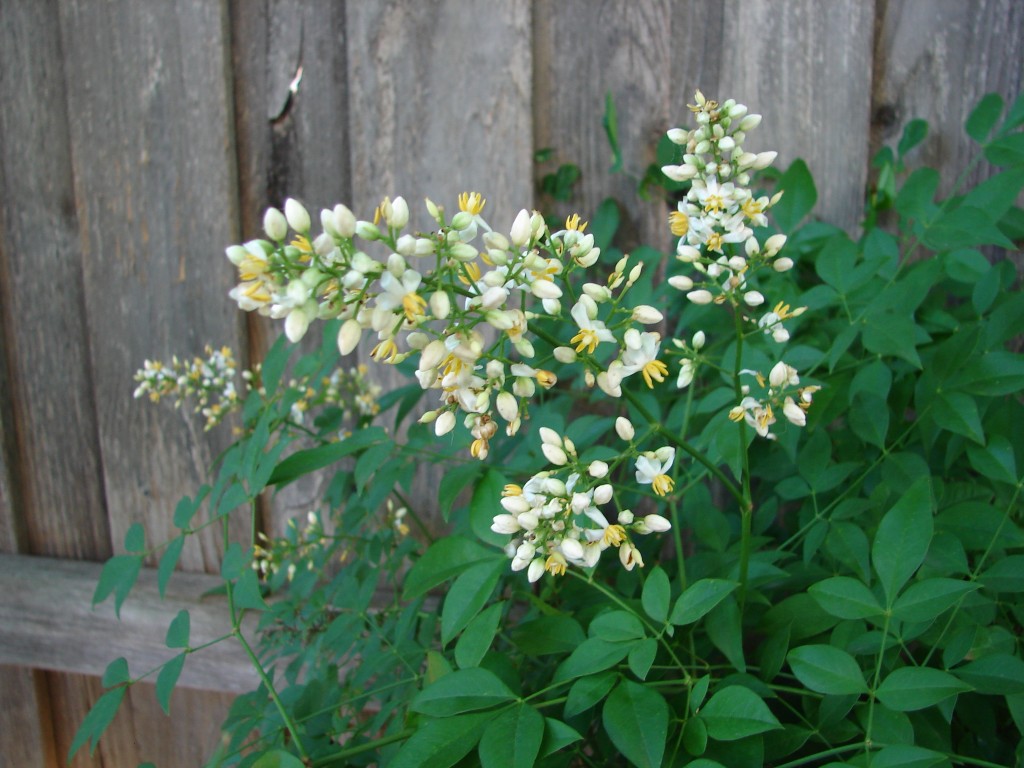
Nandina - an invasive species
Plant non-aggressive plants. Garden with ease, forget the spreading ivy’s.
Look at your seed and mulch mixes. Make sure they’re weed free for garden safety.
Avoid spreading invasive plants into natural areas. Protect your park, pull a bad plant.
Native plants can’t be beat. They stay in place with gardening grace.
Treat those invasive plants by handpulling, spraying, spading and shading.
Wait to dispose of invasive plants until they are in repose. Compost or carry but just don’t tarry.
If you have a garden pond or pool, don’t let the plants rule.
Seedling volunteers need management and sometimes banishment.
Every plant needs a place, put your favorite invasive’s in pots or a secure space.
I’m currently training to be a “Citizen Scientist” with Texas Invasives.org. In the process I have found another plant in my landscape that I need to remove. The nandina, which seems innocent enough in my landscape, has got to go. It is not aggressive in my yard, but it does produce a lot little berries that the birds would be more than happy to take and drop in the surrounding forest to invade and push out our native species.
-- Weather When Posted --
- Temperature: 70°F;
- Humidity: 39%;
- Heat Index: 77°F;
- Wind Chill: 70°F;
- Pressure: 30.19 in.;
